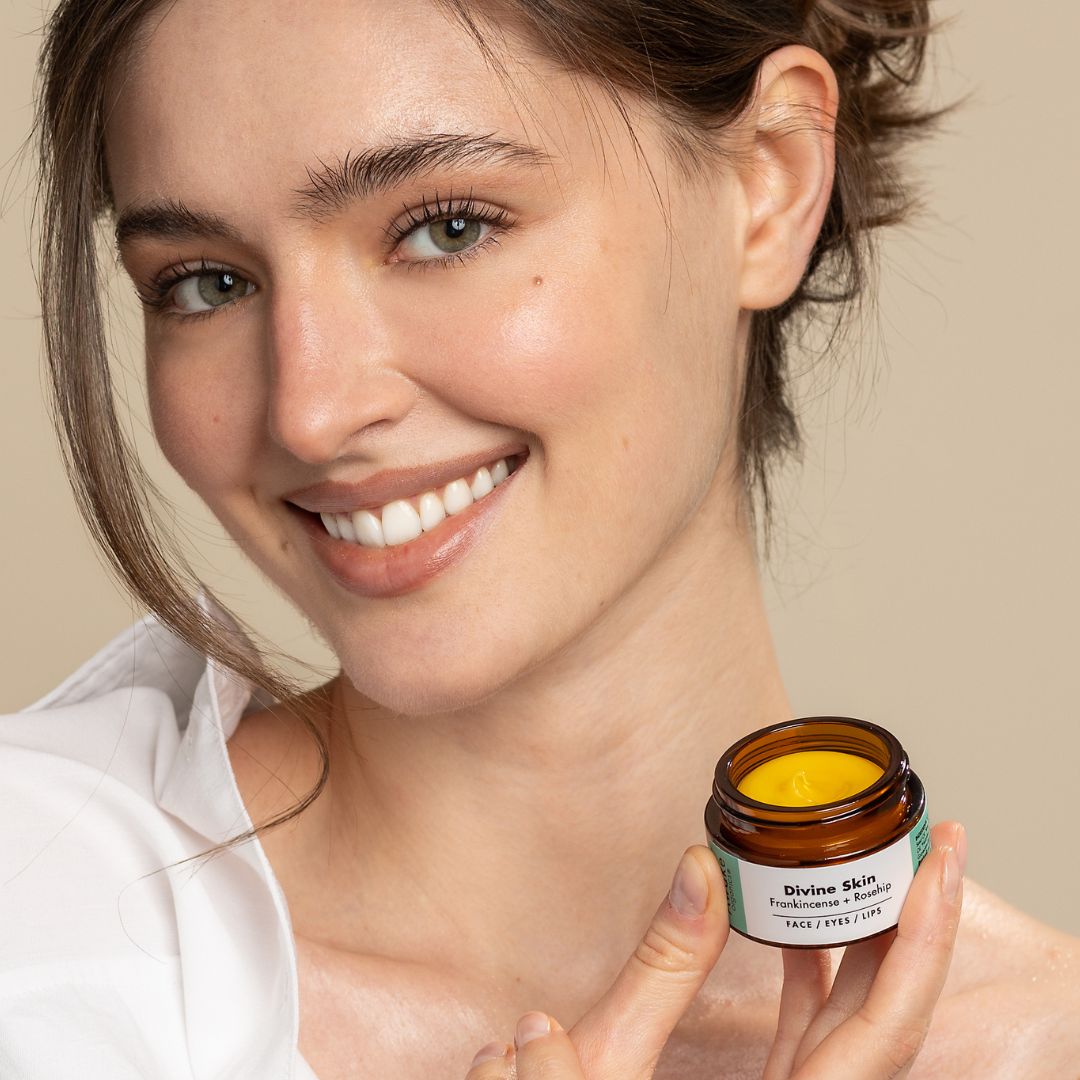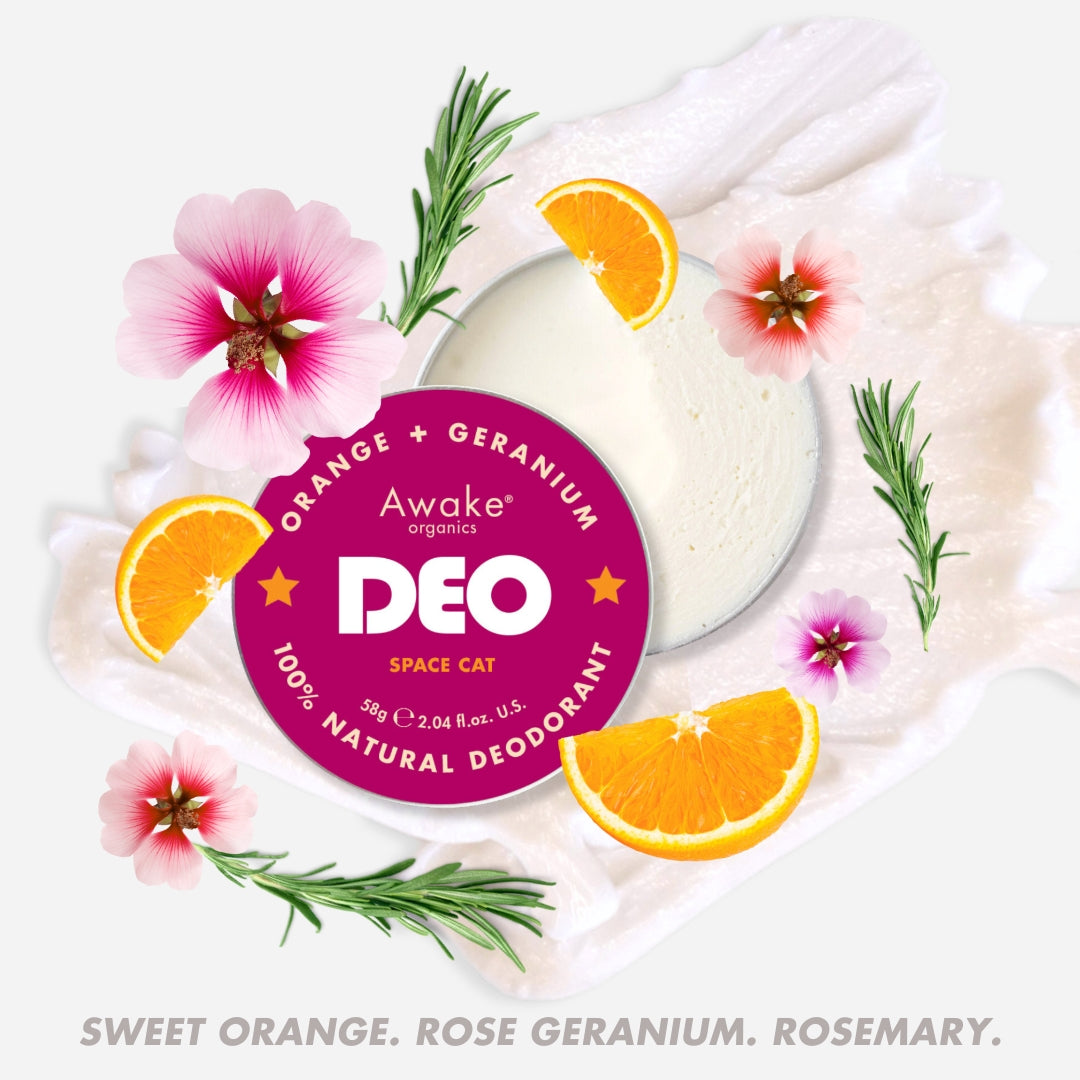 Microbeads: Tiny pieces of plastic found in conventional beauty and skin care products. They are rife on supermarket shelves, and mainly found in exfoliating face and body scrubs, glittery make-up, toothpaste, shower gel, and more. Sadly, they are too small to be filtered out by our sewer systems. Microbeads run straight down our drains, and into our waterways, contributing to the plastic soup swirling around the world’s oceans.
Microbeads: Tiny pieces of plastic found in conventional beauty and skin care products. They are rife on supermarket shelves, and mainly found in exfoliating face and body scrubs, glittery make-up, toothpaste, shower gel, and more. Sadly, they are too small to be filtered out by our sewer systems. Microbeads run straight down our drains, and into our waterways, contributing to the plastic soup swirling around the world’s oceans.
 Do you know that microbead plastics, barely visible to the naked eye, also absorb toxic chemicals as if they were little magnets1? Yes! Trillions of polluted plastic microbead particles (an estimated 300 billion in the Arctic Ocean alone), will be ingested by marine life and eventually make their way up the food chain and onto your dinner table. This has been going on, silently and un-checked, since the 90’s.
Do you know that microbead plastics, barely visible to the naked eye, also absorb toxic chemicals as if they were little magnets1? Yes! Trillions of polluted plastic microbead particles (an estimated 300 billion in the Arctic Ocean alone), will be ingested by marine life and eventually make their way up the food chain and onto your dinner table. This has been going on, silently and un-checked, since the 90’s.
Today, we know due to scientific evidence, that there are more than 60 different microplastic ingredients currently used in cosmetics. You will find microplastic ingredients not only in scrubs, but also in products like lipstick, eyeliner, and sunscreen2.”The UK government has recognised that microplastics have taken a devastating toll on the environment, and banned the manufacture of rinse-off beauty and skin care products containing microbeads. However, we are not quite jumping for joy just yet; this isn’t a complete ban on microbeads in skin care products. Following resistance from Big Beauty, leave-on formulas (sunscreen and makeup) will still be allowed to contain tiny bits of plastic. According to The Telegraph2, big brands claim they would need to reformulate 90% of their skin care products, which would be “difficult” and “expensive.” Thankfully, microbeads are completely unnecessary. You can use your buying power to support ethical, sustainable businesses that sell products made from natural, organic ingredients instead. You can even knock-up your own DIY skin care products, using ingredients you probably have in the pantry.
Natural Microbead Alternatives
Natural Clays Baking Soda Bamboo Organic Oatmeal Organic Sugar Natural Sea Salt Ground Fruit Kernels
Not only are natural exfoliants readily available and healthier for the planet, they do a better job. Natural exfoliants tend to have more texture (they’re not perfect, plastic spheres), so they naturally have more ‘scrubbiness’. This begs the question:
I’m glad you asked. Big Beauty uses microbeads in their formulations because they are fast and cheap to produce. The UK-wide ban on microbeads went into effect in 2018, and hopefully other countries will follow suit. Unfortunately, you will continue to see microbeads in many leave-on beauty and skin care products. Microbeads are not biodegradable, so once they enter our water systems, they are impossible to remove. There is still a lot of work to do if we want our water to be plastic free.Why are we using microbeads in the first place?”
YOU MIGHT ALSO LIKE
Guide To Essential Oils For Beauty 10 Synthetic Chemicals To Avoid Aluminium in The BodyReferences 1) http://www.beatthemicrobead.org 2) https://www.gov.uk/government/news/world-leading-microbeads-ban-takes-effect



